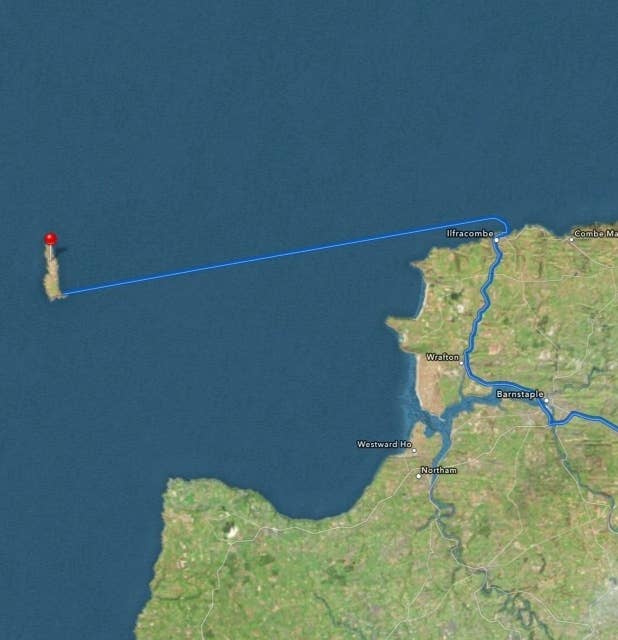
For a few wonderful years, the mobile mapping landscape sat on an easy-to-navigate pangea. Google Maps was the default location app on the iPhone and Palm OS, and an easy-to-download app on Windows Mobile and BlackBerry OS. The Android version was typically a bit better than the others, but its underlying data set was the same. It was solid, predictable and consistent. It was good enough to trust, no matter the platform.
Consider the new geography: Windows Phone uses Bing Maps, while iOS uses Apple Maps. Palm OS sank into the ocean, and BlackBerry isn't far behind. Now Amazon, which released its first tablet late last year, has struck out on its own, giving Kindle developers access to yet another mapping service alternative to Google Maps, based on Nokia's Navteq data. (Microsoft licenses some of this same data; Apple licenses from TomTom; Google has its own.)

Here's Amazon's pitch, if you could call it that:
The Amazon Maps API provides mapping functionality for Android apps on most Kindle Fire tablets. If your app uses Google Maps, which is not available on Amazon devices, you can migrate your app to the Amazon Maps API. The Maps API offers interface parity with Google Maps.
While Amazon's announcement contains lots of information about how developers can use Amazon's maps, it doesn't explain why they should. The main reason appears to be, "because we say so."
The continents have drifted apart. The only major platform that uses Google Maps as its default mapping service is Android — and only Google-approved versions of Android. The Kindle Fire is based on Android, and shares much of its code, but presumably Google demanded a licensing fee to include maps.
Viewed separately, each of these moves makes sense: Apple is in direct competition with Google, Amazon is trying to establish its own platform, and Microsoft is doing all it can to position Windows Phone as a truly different alternative to Android and iOS. For a time, companies were dropping Google Maps due to high licensing fees, but Google has since slashed them dramatically.
But taken together, they're a perfect representation of what's happening in mobile right now. Terrified by competition, motivated by real, consequential patent threats, and hungry for the personal data — and ad dollars — that location-based services are so good at extracting from their users, every major-platform company is scrambling to disassociate with its former partners and re-create what they once could just buy or borrow. The fear is so deep and the competition so fierce — or at least, the anticipation of competition so acute — that these companies are constructing literal alternate realities: different representations of where things are on the planet's surface.
A search for "restaurant" near your location right now would be different depending on what kind of phone it was sent to. And until Apple, Microsoft, and Amazon (which is mostly licensing Nokia's maps and listings) catch up with Google's all-aware location database, it might result in different longitudes and latitudes for specific points of interest. This is a mostly not-good thing, at least in the short term: Apple Maps was so useless, its project manager was fired from Apple.
This period of distorted reality will most likely end in just a few years, as mapping platforms either get better and reach parity or reconsolidate. But for the time being, it's only going to get worse — don't be surprised if, when Facebook finally pulls the trigger on its mobile OS, it makes its own maps too.
